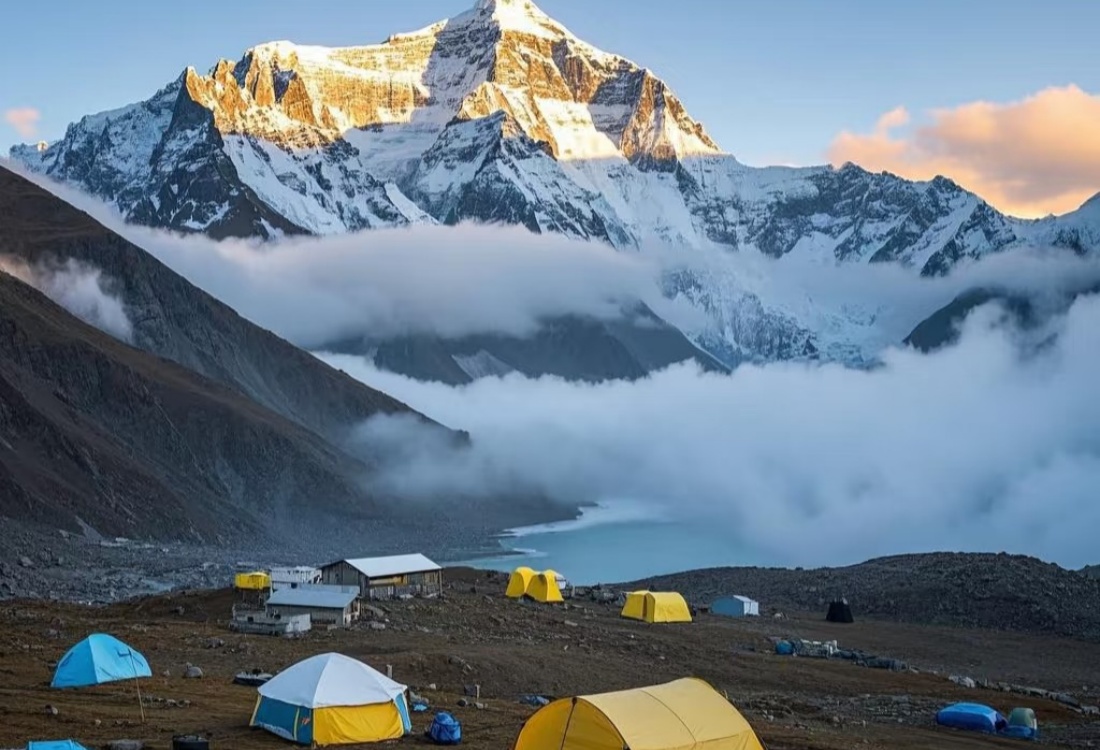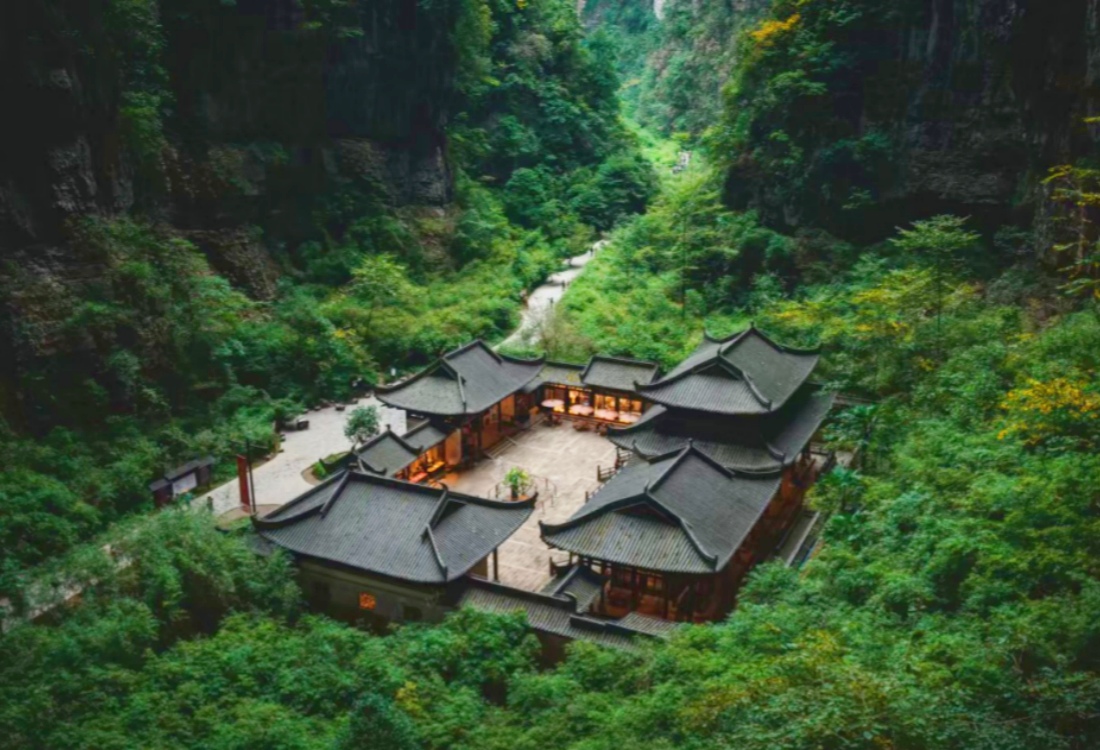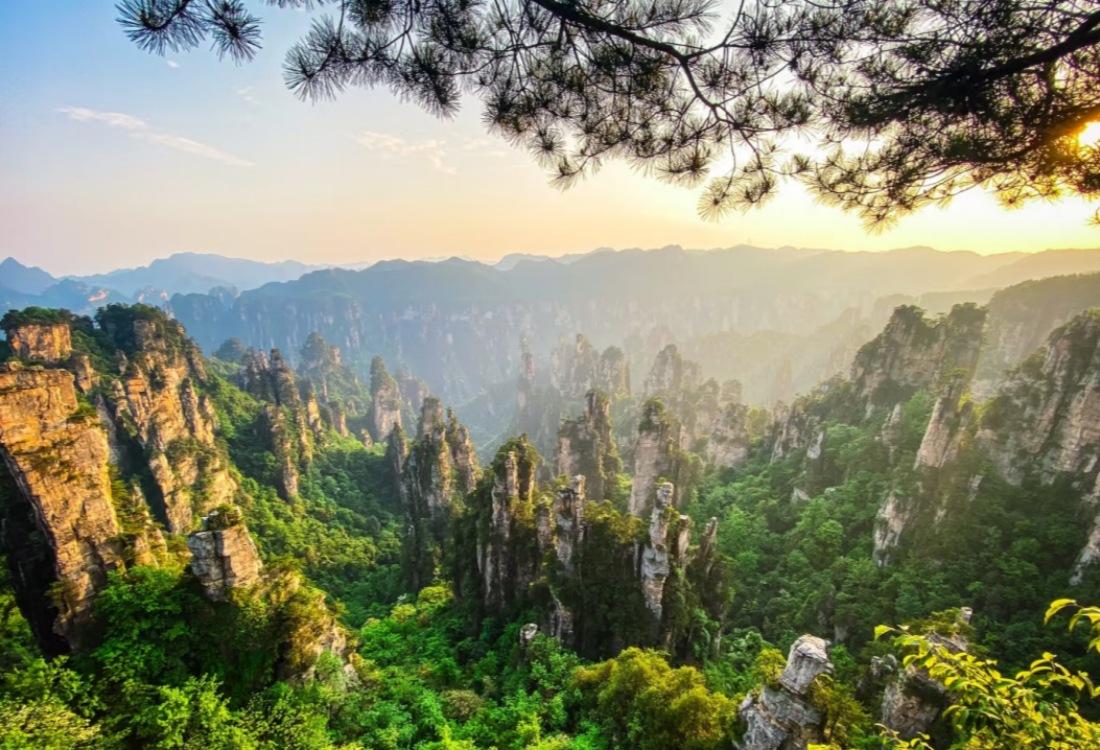Table of Contents
ToggleIntroduction: Exploring Everest’s Base Camps in Tibet
Mount Everest, the world’s tallest peak at 8,848.86 meters (29,031.7 feet), has two primary base camps—one in Nepal (South Base Camp) and one in Tibet (North Base Camp). The Everest North Base Camp in Tibet is a unique and less crowded alternative to the more popular southern route. Located in the Tibet Autonomous Region (TAR) of China, this base camp offers a remote, high-altitude experience with breathtaking views of Everest’s North Face. Unlike Nepal’s base camp, which requires a multi-day trek, the Tibetan base camp is accessible by road, making it an attractive destination for both climbers and tourists.
Everest North Base Camp (EBC) – 5,150m (16,900 ft)
The North Base Camp is the starting point for mountaineers attempting the climb from the Tibetan side. It is located near Rongbuk Monastery, offering spectacular views of Everest’s North Face. This base camp is also open to tourists (with special permits), allowing visitors to witness the mighty peak up close without trekking for days.
Key Features of Everest North Base Camp:
- Altitude: 5,150 meters (16,900 feet)
- Access: Reachable by road from Lhasa (900 km journey)
- Best Time to Visit: April–June and September–October
- Attractions: Rongbuk Monastery, panoramic Everest views, Tibetan cultural experiences
Due to its high altitude, visitors need time to acclimatize before heading to Advanced Base Camp (ABC) or climbing higher. Oxygen levels are significantly lower here, making altitude sickness a concern.
Advanced Base Camp (ABC) – 6,400m (21,000 ft)
The Advanced Base Camp (ABC) is the highest base camp on Mount Everest accessible without technical climbing. It serves as the primary acclimatization point for climbers preparing for their ascent. The route from EBC to ABC follows the East Rongbuk Glacier and involves crossing icy moraines and steep rocky terrain.
Key Features of Advanced Base Camp:
- Altitude: 6,400 meters (21,000 feet)
- Distance from North Base Camp: 22 km (13.6 miles)
- Purpose: Staging area for summit attempts, acclimatization zone for climbers
- Challenges: Freezing temperatures, strong winds, high-altitude exposure
Reaching ABC requires a special permit, and only climbers with Everest expedition approval can proceed beyond North Base Camp. The journey from EBC to ABC takes about 3–5 days, depending on weather conditions and acclimatization schedules.
How to Get to Everest Base Camps in Tibet
The journey to Everest North Base Camp typically begins in Lhasa, the capital of Tibet. From Lhasa, travelers take a 900-km drive through the Tibetan Plateau, passing through Gyantse, Shigatse, and Tingri before reaching Rongbuk Monastery and EBC. Unlike the Nepal route, there is no trekking required to reach the base camp, making it more accessible for tourists.
Travel Options:
- By Car/Private Vehicle: The most common way to reach Everest North Base Camp is by a guided overland tour from Lhasa.
- By Bus: Some organized tour groups offer bus services to EBC from major Tibetan cities.
- Permits Required: Travelers need a Tibet Travel Permit, Aliens’ Travel Permit, and an Everest Base Camp Entry Permit to visit.
Why Visit the Everest Base Camps in Tibet?
The Tibetan side of Everest offers an exclusive and less crowded experience compared to Nepal. The road accessibility, fewer climbers, and breathtaking views of the North Face make it a dream destination for adventure seekers. Whether you are a mountaineer or a traveler eager to witness the world’s highest peak, Everest’s North Base Camps provide an unforgettable experience.
Conclusion: A Unique Everest Experience from Tibet
Everest’s North Base Camp and Advanced Base Camp in Tibet provide an incredible experience for both travelers and climbers. Whether you’re a mountaineer preparing for an Everest ascent or a tourist seeking an unforgettable view of the world’s tallest peak, Tibet’s Everest base camps offer an adventure like no other. With fewer crowds, incredible scenery, and rich Tibetan culture, visiting Everest from the north is an experience you’ll never forget.









